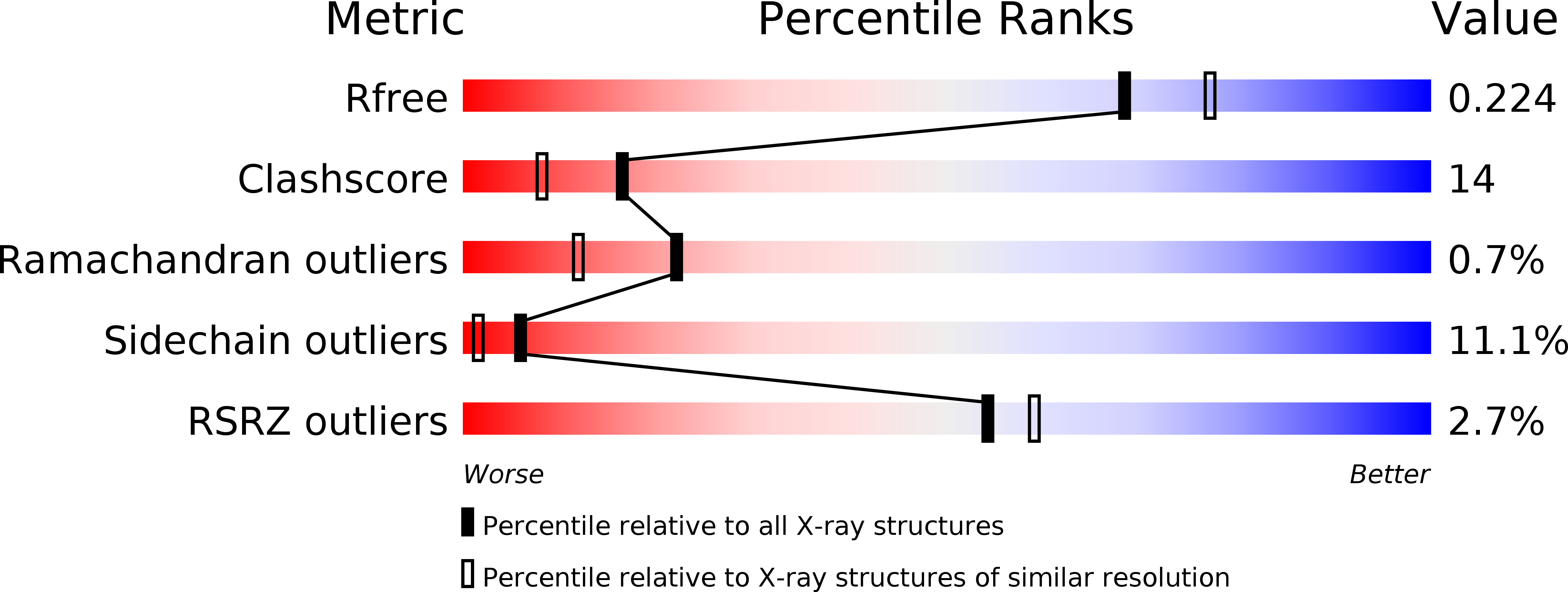
Deposition Date
2012-01-31
Release Date
2012-07-18
Last Version Date
2024-10-30
Entry Detail
PDB ID:
4DII
Keywords:
Title:
X-ray structure of the complex between human alpha thrombin and thrombin binding aptamer in the presence of potassium ions
Biological Source:
Source Organism:
Synthetic DNA (Taxon ID: 32630)
Homo sapiens (Taxon ID: 9606)
Homo sapiens (Taxon ID: 9606)
Method Details:
Experimental Method:
Resolution:
2.05 Å
R-Value Free:
0.22
R-Value Work:
0.17
R-Value Observed:
0.19
Space Group:
P 1


